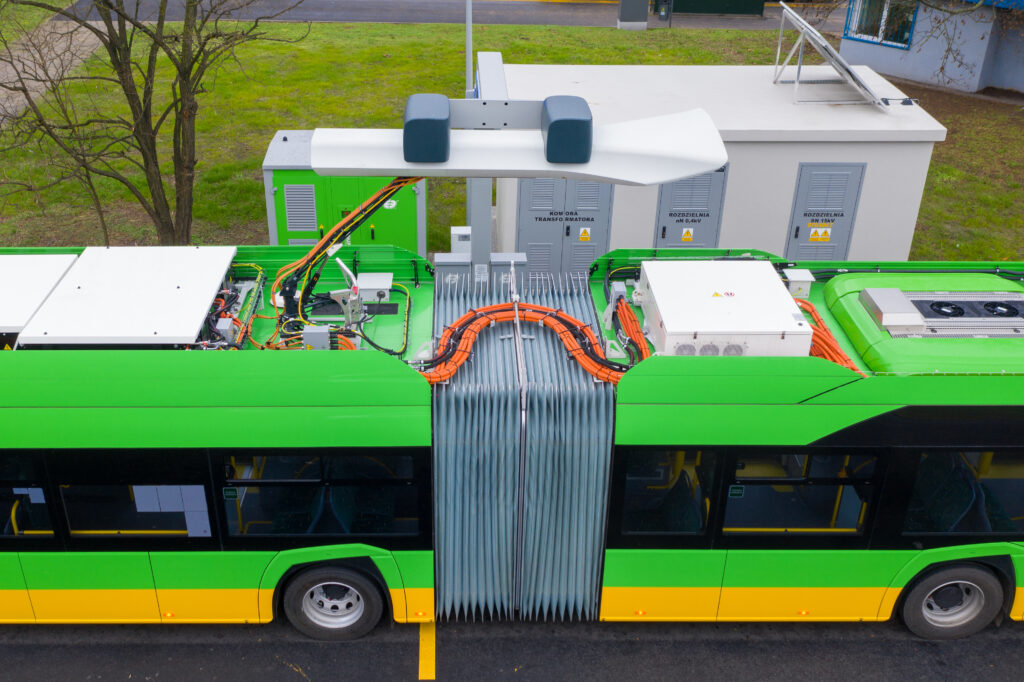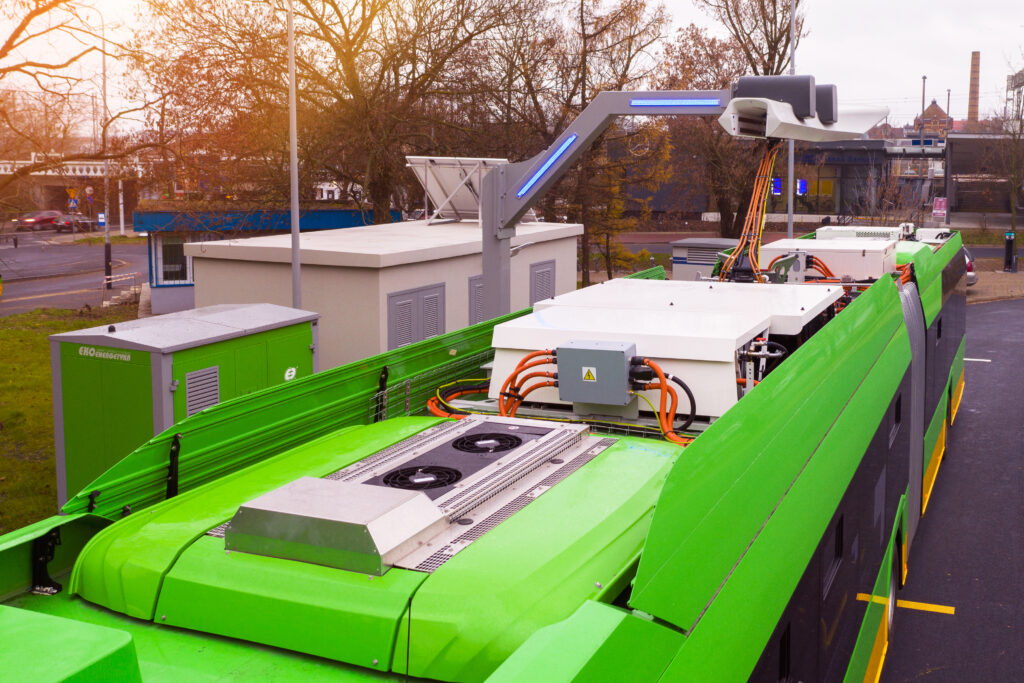
Second life for batteries – how not to waste resources?
Electric vehicles are being brought into traffic at an extremely fast pace. As their number increases on the road, so does the number of batteries that are a key part of the electric drive. Can used batteries be reused? What are second life batteries applications?
Batteries in electric buses do not have an easy life. They work in various temperatures, sometimes extreme. They are unloaded hundreds of times a year, in the case of buses they are charged with powers exceeding even 500 kW. The range, life cycle of the vehicle and the speed of replenishing energy in it depend on them. As electric vehicles on the road increase, so does the number of batteries that are a key component of electric propulsion. In the case of electric buses, this growth is particularly dynamic. Currently, the share of e-buses in the global bus fleet is around 15%. According to forecasts, by 2030 it will be 50%, and a decade later – already 70%!
Second life batteries projects

Such intensive use means that the life of the traction battery is assumed – at least at its current stage of development – for an average of 5 to 10 years, depending on the technology used. The passage of time and the very strong use of batteries in electric vehicles mean that they lose some of their capacity. However, when they finish their work in an electric vehicle, they do not have to be thrown into the trash. They still remain valuable energy storage that can be reused to extend their lives.
Such a second life batteries project will be, for example, a stationary energy storage. The use of such storages can be extremely wide. They can be used as an emergency power source, they can also be invaluable support in the moments of energy peaks, when the network is overloaded. What’s more, they can be applied in solutions that stabilize supply networks. Stationary energy storage may facilitate energy management in a beneficial way, for example, they will enable energy storage during the hours when a cheaper tariff applies. They will also allow the accumulation of surplus generated in wind or solar power plants, as well as in home photovoltaic cells. The use of energy storage again minimizes the need to extract additional raw materials.
Precious raw materials in used batteries
Used batteries can be recycled to recover highly valued metals such as cobalt and nickel, whose resources are limited. This is done by specialized companies that take care of the ecological management of used batteries.Today’s technology allows you to properly recycle the total recovery of rare materials from the battery, without additional waste being sent to landfills. Remember that the world’s resources of metals such as cobalt and nickel are limited. The use of energy storage again minimizes the need for the extraction of additional raw materials and enables the creation of a closed cycle of elements and their reuse. Moreover, the warehouse constructed with their use is an important component of modern energy infrastructure, generating energy from traditional and renewable sources.